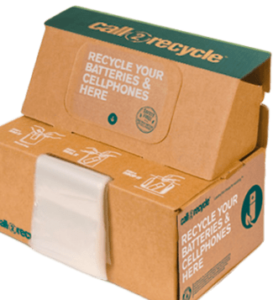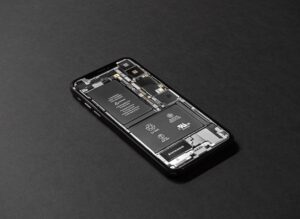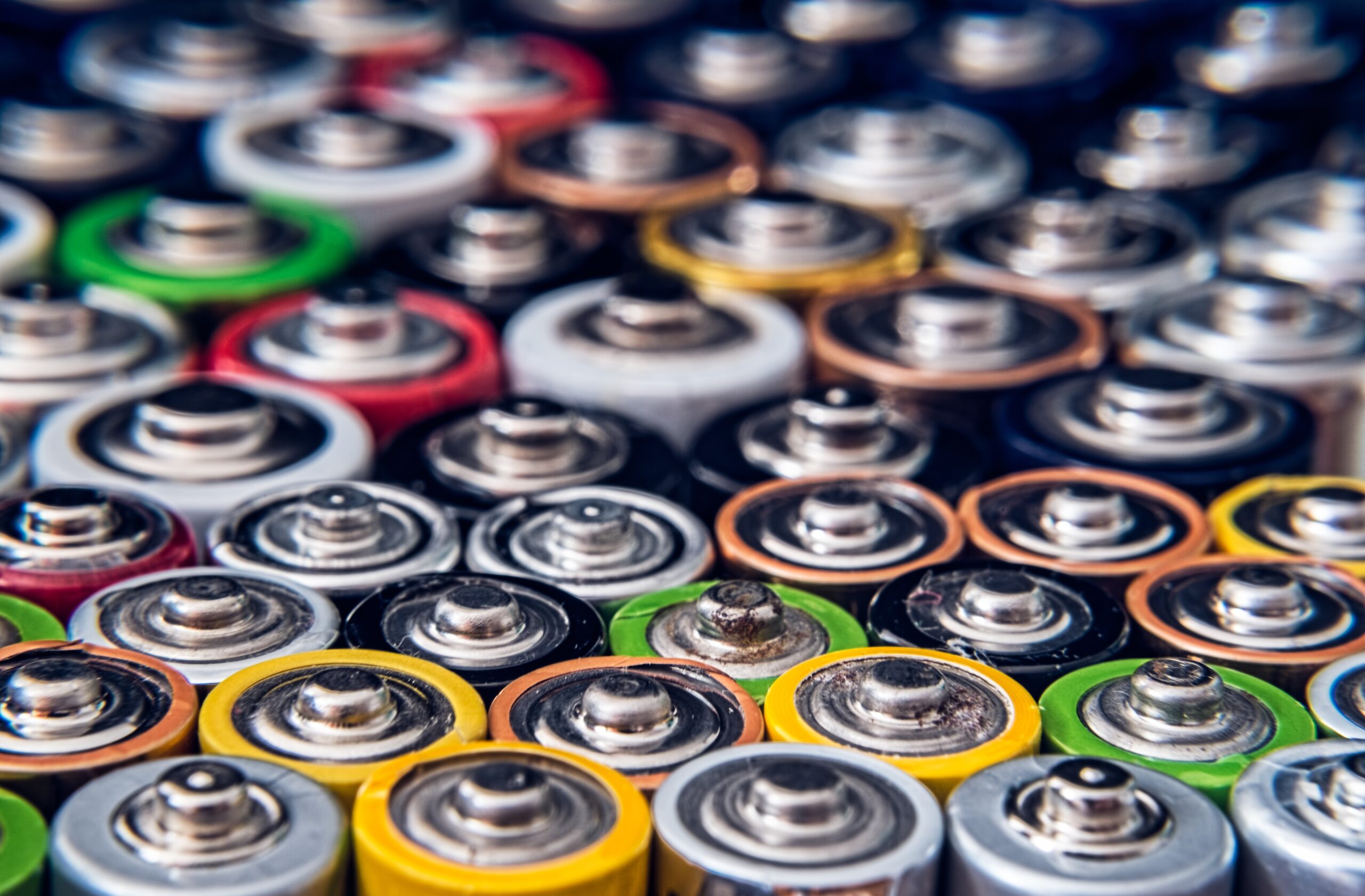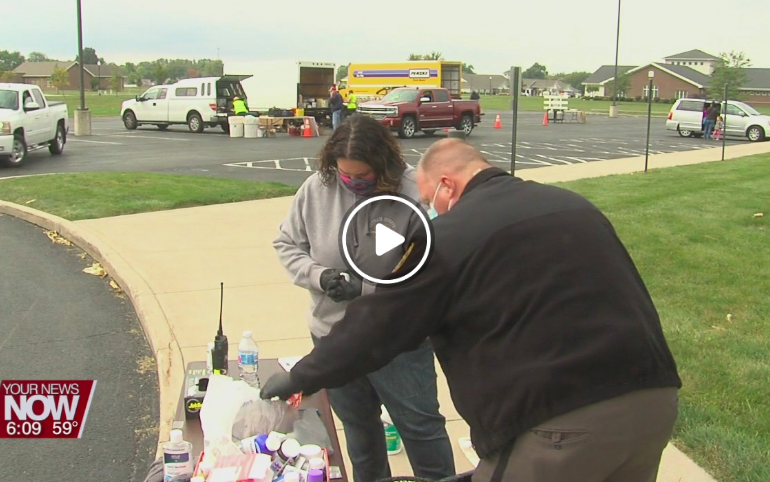Since the millions of batteries manufactured worldwide often end up in landfills, Rader has some helpful tips on reducing this household waste. This A-Z guide compiled by the Environmental Protection Agency (EPA) will give you all the information you need to dispose of and recycle batteries properly.
When batteries from your cell phone, lawnmower, flashlight or any battery-powered device stop working, it’s time to remove them and replace them. Once you take them out and set them aside, determine which ones can be disposed of in your household waste/landfill, and which ones can be recycled.
Spoiler Alert: Alkaline Batteries Can Go in the Trash
|
|
Find a Battery Recycling Location Near You

Batteries are manufactured using different mixtures of chemical elements designed to meet customers’ power and performance needs. Batteries can contain metals such as mercury, lead, cadmium, nickel and silver, which can pose a threat to human health or the environment when improperly managed at the end of their service life. Battery types are identified by marking and labeling, not by the battery’s shape or the color of the label.
Used Ni-CD Batteries
Short for Nickel-Cadmium, two metals on the Periodic Table of the Elements, these batteries are typically used in cordless power tools, cordless phones, digital and video cameras, two-way radios, bio-medical equipment and video cameras. They may look like single-use AA, AAA or other alkaline batteries or a battery pack shaped for specific tools.
If Ni-CD batteries are removable, rechargeable batteries, they can be brought to specialized battery recyclers, or participating retailers that provide battery take-back services. In Rader’s hometown of Findlay, OH, Ni-CD batteries can be dropped off in the tools department at Lowe’s.
Used Lithium-Ion Batteries
Learn more about these batteries and their proper management.
Some batteries may also contain materials such as cobalt, lithium and graphite that are considered critical minerals by the United States Geological Survey. Critical minerals are raw materials that are economically and strategically important to the United States and have a high supply risk potential and for which there are no easy substitutes. Consequently, every effort should be made to recycle and recover these materials to ensure they will be available for generations to come.

Some Batteries Are Hazardous, Some Are Not
Once a battery is no longer useful, the type and chemistry of the battery determines which of the various waste management options to use. It is important to manage batteries correctly according to their type because some batteries can cause a risk to safety and health if mismanaged at the end of their lives.
Batteries can have enough energy to injure or start fires even when used and when they appear to be discharged. For safety, remember that not all batteries are removable or serviceable by the user—heed battery and product markings regarding safety and use for all types of batteries.




